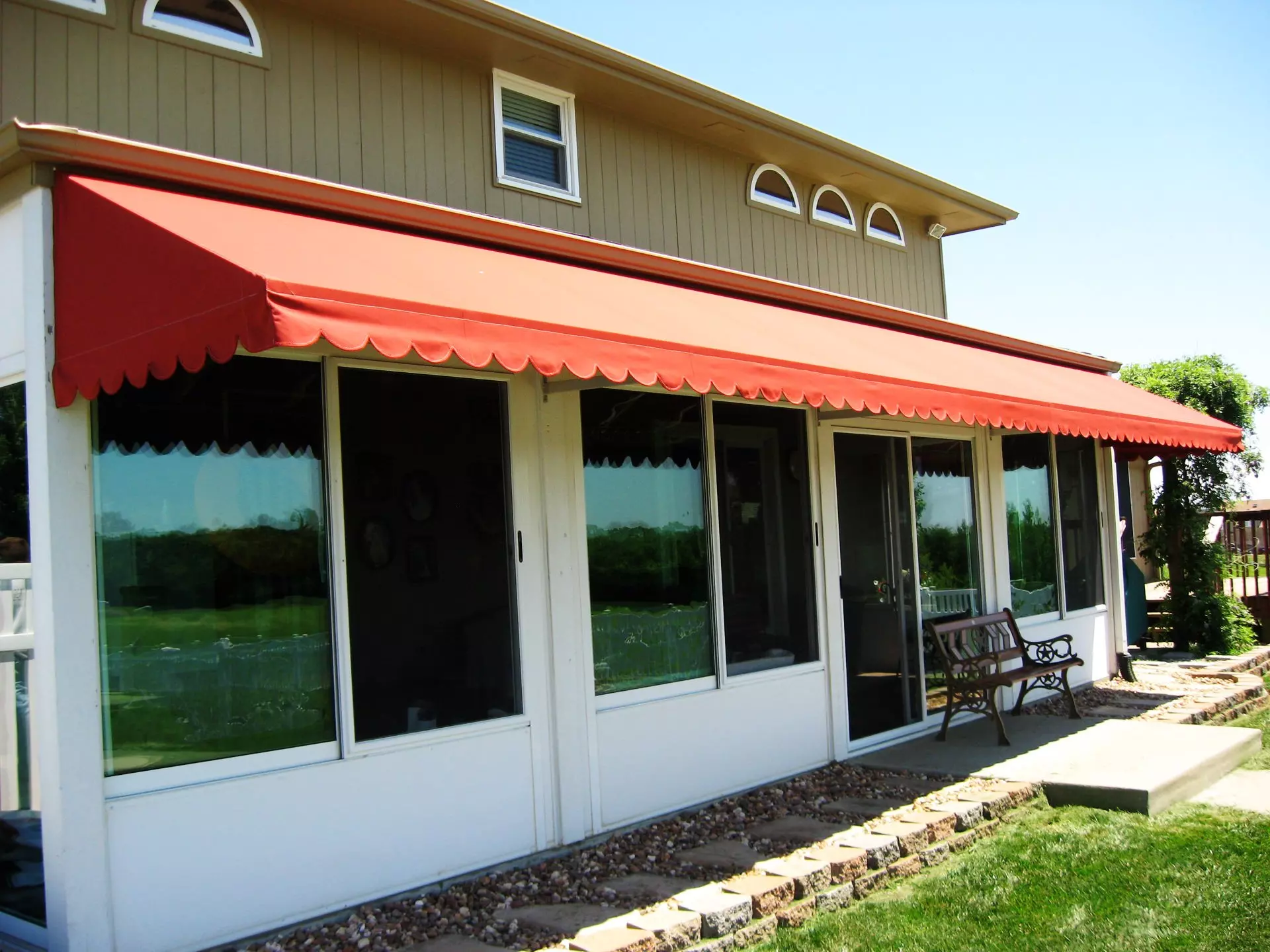Perhaps of the most widely recognized question about retractable awnings is Might it at any point handle downpour? And, contingent upon the environment of the client, the downpour question is immediately trailed by inquiries regarding whether retractable awnings can deal with, serious areas of strength for snow, hail and other air conditions. The most reliable response is it depends. It relies mostly upon the sort and seriousness of the climate.

Why Weather conditions Influences Retractable Awnings
Anything outside is dependent upon some sort of openness to climate; while taking a gander at retractable awnings choices, a piece of the choice lies in figuring out what the choices are for answering climate. Fixed awnings, coverings, and gazebos are fixed set up. The texture is extended rigid across the edge and upheld by bolsters. This resoluteness makes them powerless: sun harm breaks down the texture; the edges become climate beaten and feeble. The posts and approaches offer restricted help against twist; however it leaves the texture more helpless against the heaviness of snow and downpour. Retractable awnings are fixed set up just at the base; their help is from pressure springs in the arms of the retractable tende da sole brescia. Excellent edges are lightweight aluminum, which is solid and tough. Nonetheless, in light of the fact that they are not upheld remotely, anything that puts weighty weight on the edge like significant burden or sharp developments might possibly cause harm. However, retractable awnings enjoy a critical benefit. Fixed overhangs essentially wear out after openness to climate; retractable awnings can withdraw into a hood and be secured.
The Effect of Downpour and Snow
The greatest risk of both downpour and snow is the weight. Extremely light precipitation – shower, mist, an exceptionally light cleaning of snow – needs more heave to harm an excellent retractable awnings when it is lengthy. Yet, consistent precipitation or snow can create some issues. The water pools on the texture and, after some time, makes the texture stretch, droop, and potentially tear. There are two methods for keeping harm from downpour:
O Change the pitch of the arms, with the goal that the point of the retractable shade can be made adequately steep to make the water runoff.
O Utilize a downpour sensor which, when the retractable shade has an engine, will naturally withdraw the retractable awnings when it starts to rain.
Snow influences retractable awnings uniquely in contrast to rain. Snow and ice will in general development, layer on layer. Alongside putting weight on the texture, snow and ice can put sufficient load on the retractable shade casing to curve and harm the sidelong arms and the mounting twist or square bar. There are sensors for the two sorts of breeze. A standard breeze sensor estimates the ongoing breeze speed and withdraws the retractable shade when it gets over a specific client characterized point. A movement sensor can identify sudden developments, something normal as a tempest kicks up. The two sensors reverify wind conditions, so the retractable overhang can be naturally reached out when it is protected.
